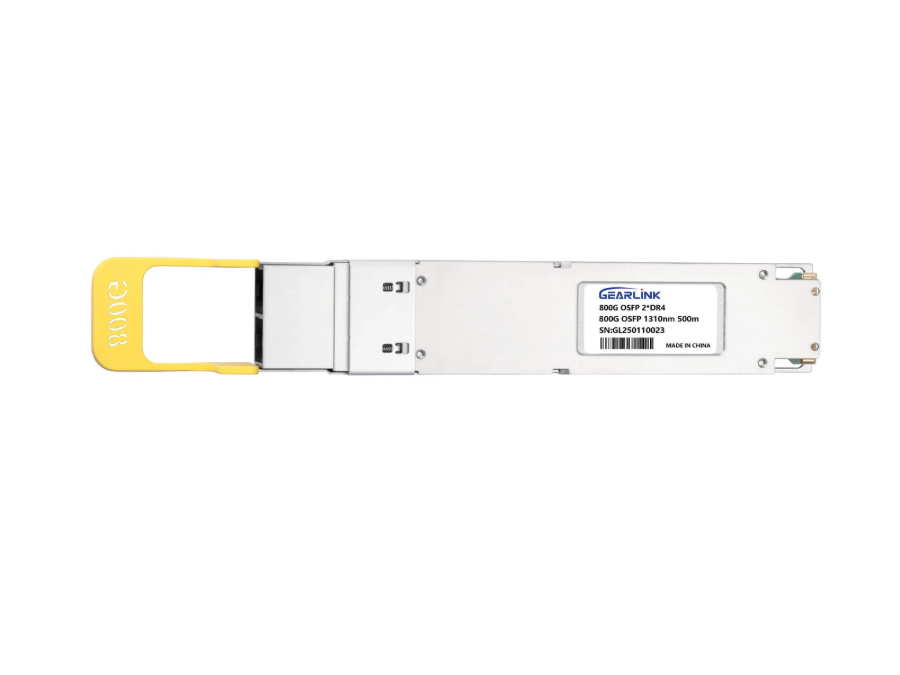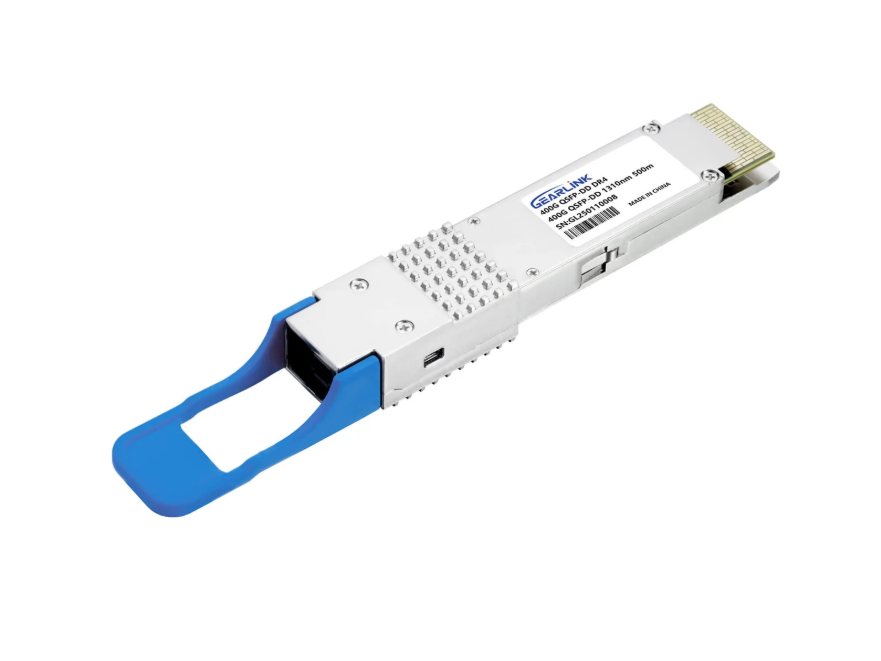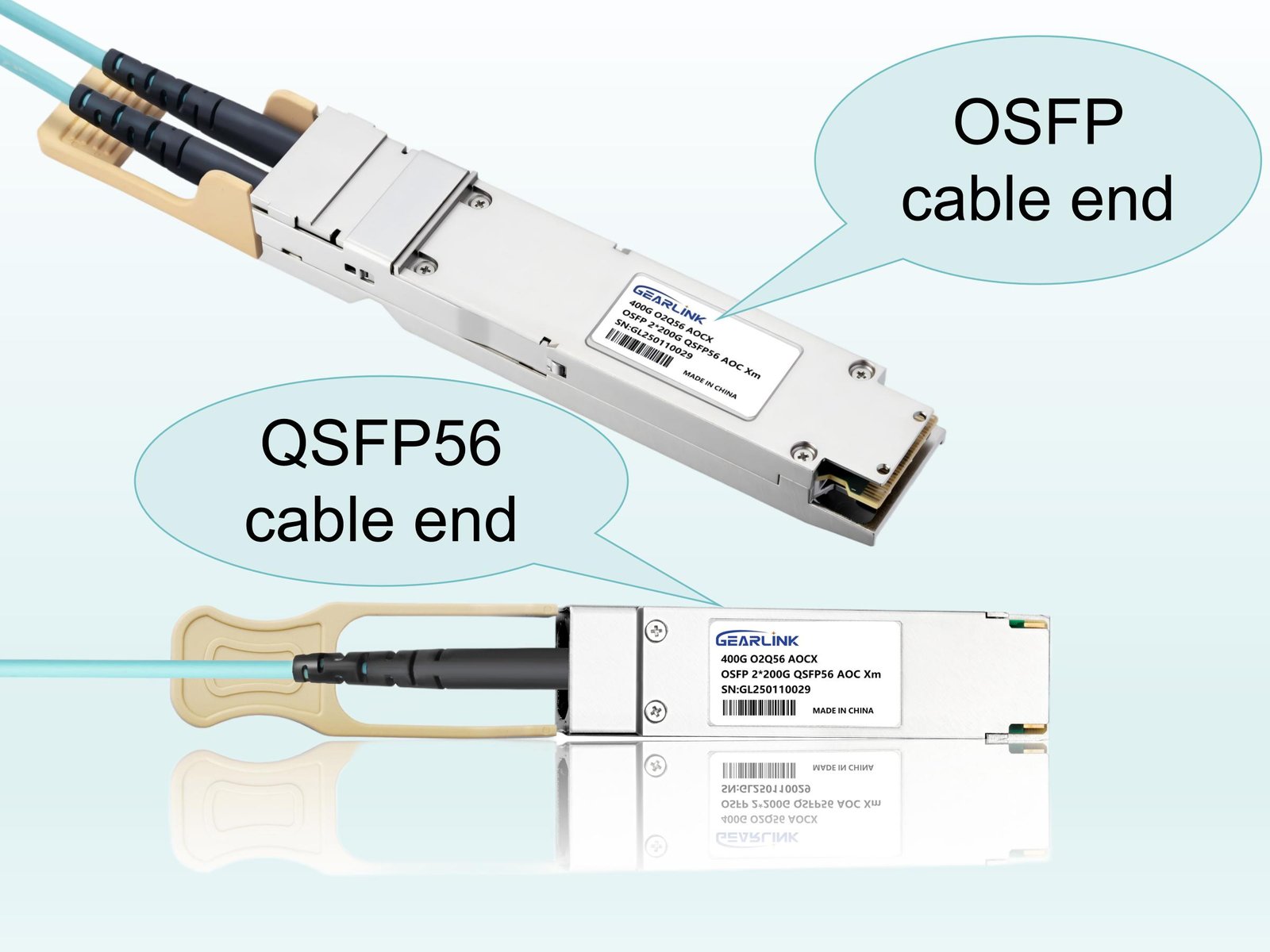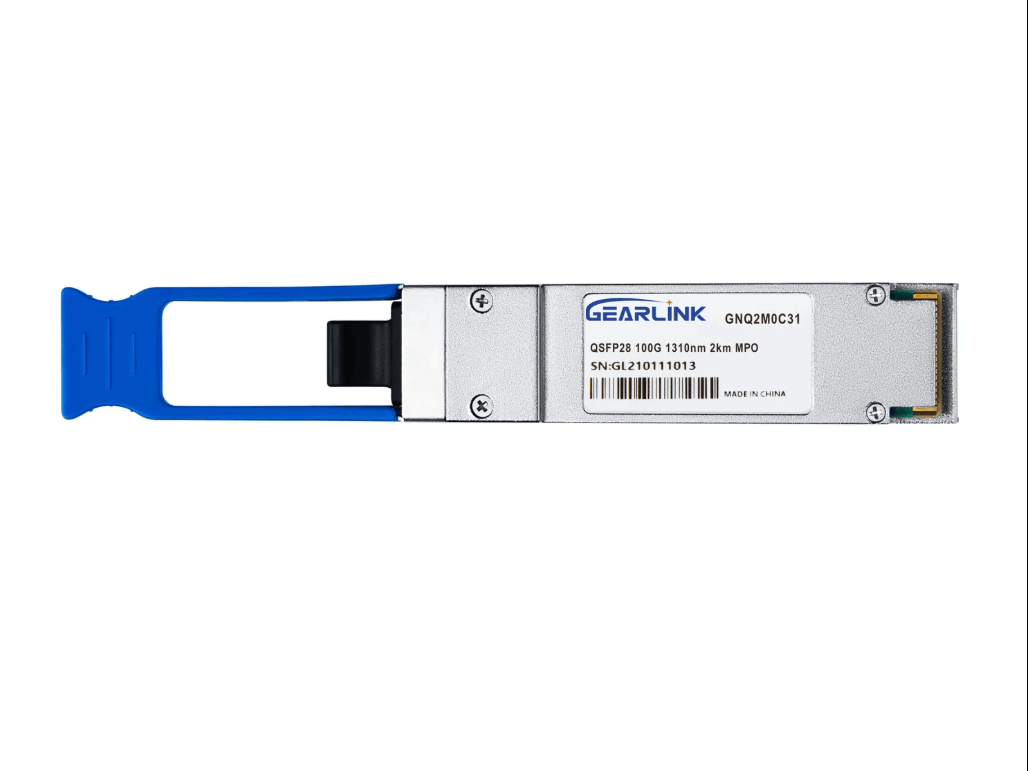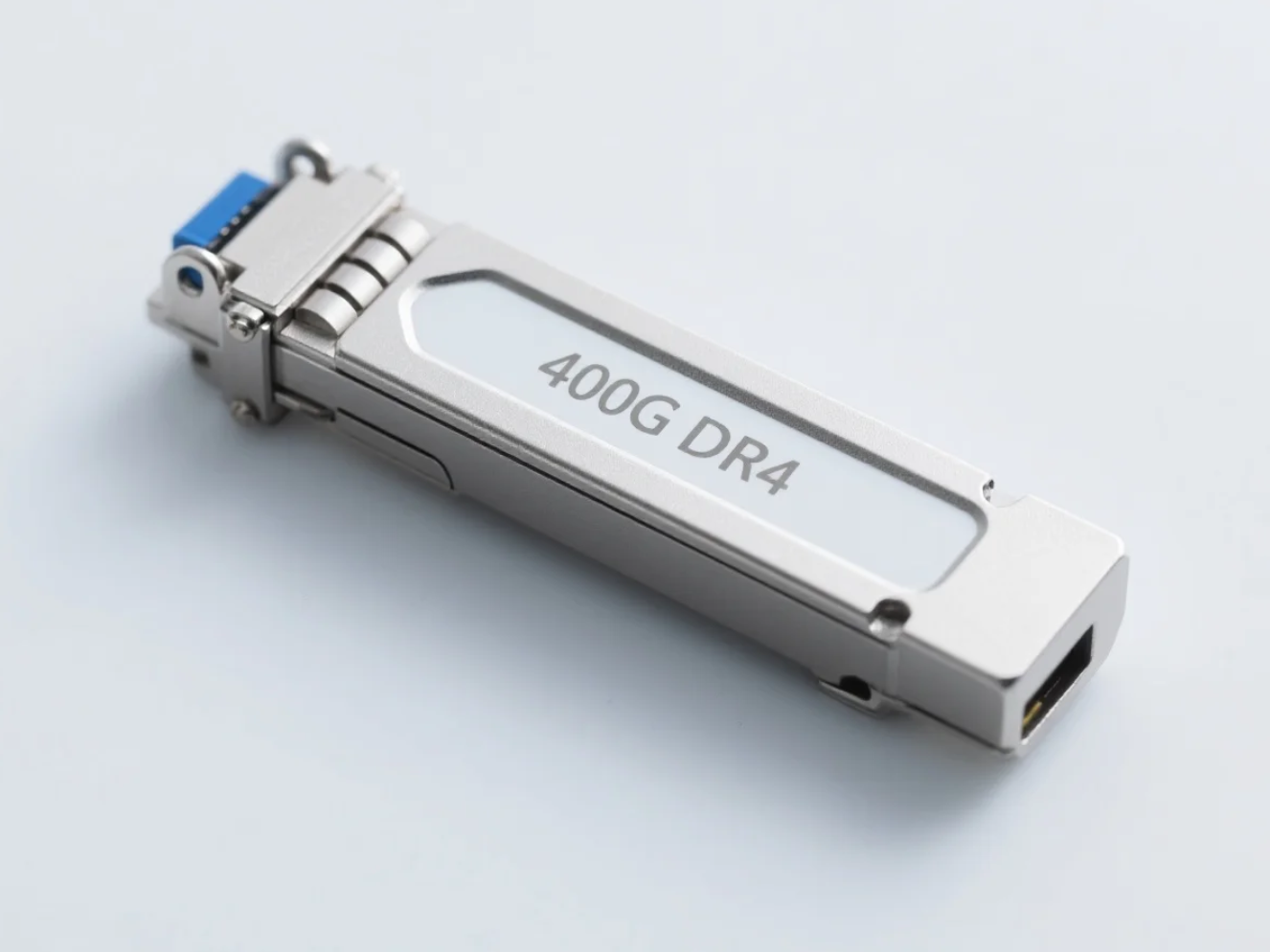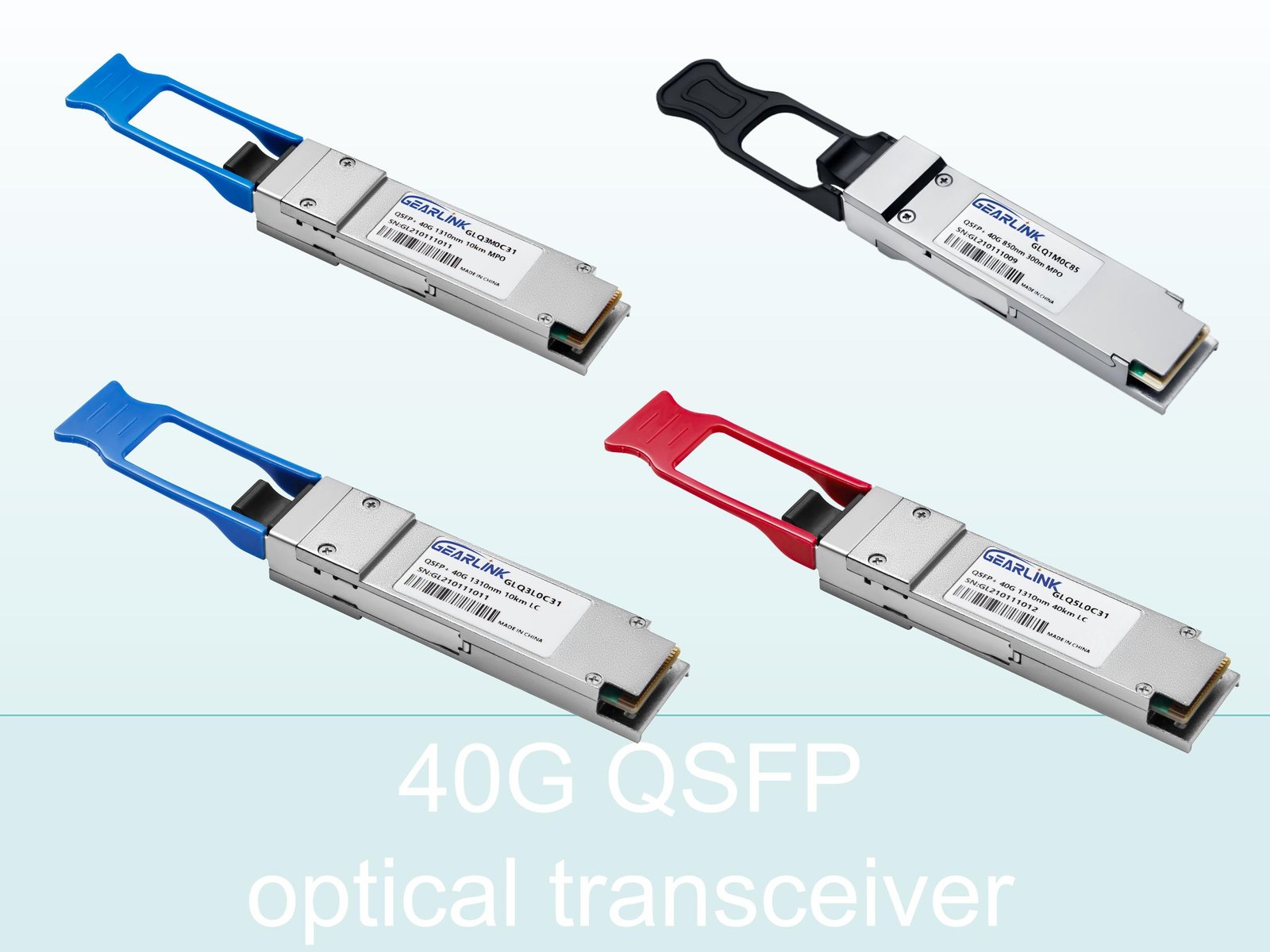In the relentless pursuit of faster data transfer, the technological landscape is constantly evolving. As data center traffic explodes and networks demand greater capacity, the need for next-generation optical solutions becomes critical. At the forefront of this evolution is the 800G optical transceiver, a revolutionary component designed to meet the extreme demands of modern high-speed communication. This guide will provide an in-depth look at what makes this technology a game-changer for data centers, telecommunications, and other high-performance networking environments.
What is an 800G Optical Transceiver?
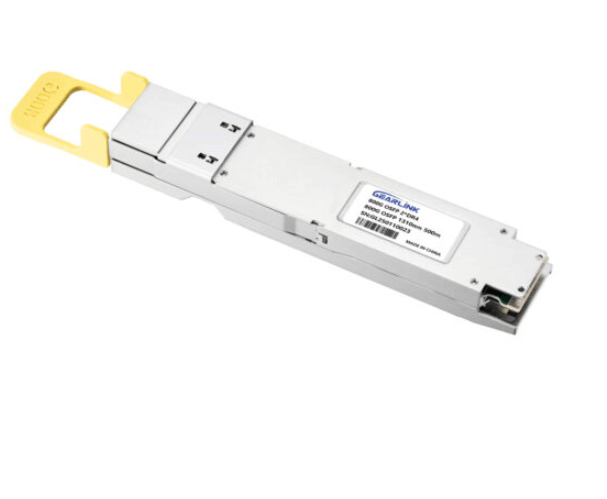
An 800G optical transceiver is an advanced module that converts electrical signals into optical signals and vice versa, enabling data transmission at an astonishing rate of 800 gigabits per second (Gbps). This represents a significant leap from previous generations, such as 400G, and is essential for supporting bandwidth-intensive applications like artificial intelligence (AI), machine learning (ML), and cloud computing.
At its core, the 800G optical transceiver operates by using sophisticated modulation techniques and advanced laser technology to transmit large volumes of data across fiber optic cables. It is typically designed in form factors like QSFP-DD800 and OSFP to ensure compatibility with existing networking equipment while providing the higher density needed for massive-scale deployments. These transceivers are not merely faster; they are more power-efficient and physically smaller, which are crucial factors in minimizing the operational costs and physical footprint of data centers.
Key Features and Technical Innovations
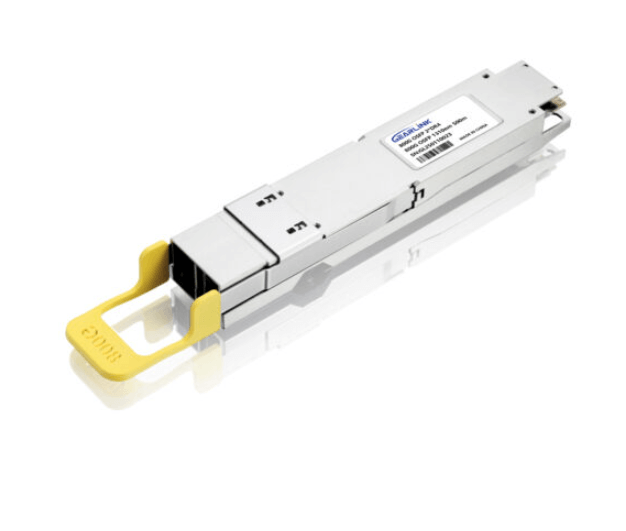
The move to 800G optical transceivers is driven by several technical advancements that make them uniquely suited for high-speed applications.
- Higher Data Rate and Density: The most obvious benefit is the quadrupling of bandwidth compared to 200G transceivers and double the speed of 400G modules. This allows a single fiber pair to carry significantly more data, which is vital for expanding network capacity without laying new cables. The compact form factors of 800G optical transceivers also enable higher port density on network switches, maximizing the throughput of each piece of equipment.
- Advanced Modulation Schemes: To achieve such a high data rate, these transceivers often utilize complex modulation techniques like Pulse Amplitude Modulation (PAM4). PAM4 allows for the transmission of two bits of data per symbol, effectively doubling the data rate over the same signaling bandwidth. While this requires more complex digital signal processing (DSP), it is a fundamental enabler of 800G speeds.
- Improved Power Efficiency: Despite their immense speed, many 800G optical transceivers are designed with a focus on power efficiency. Lower power consumption per bit is critical for data centers, as it reduces both energy costs and cooling requirements. Innovations in silicon photonics and co-packaged optics are helping to further drive down power usage, making 800G deployments more sustainable.
- Extended Reach and Interoperability: 800G optical transceivers come in various versions to support different distances, including short-reach for intra-data center connections and long-reach for linking distant data centers. They are also designed to be interoperable with a wide range of network equipment, following industry standards defined by organizations like the Ethernet Technology Consortium and IEEE. This ensures that network operators can seamlessly integrate them into their existing infrastructures.
The Role of 800G in Data Center & Network Ecosystems
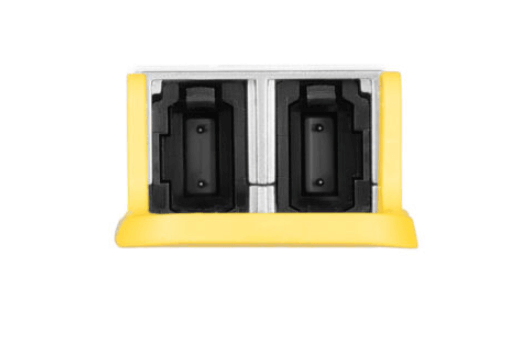
The impact of 800G optical transceivers extends far beyond simple speed upgrades. They are a foundational technology for building the next generation of scalable and efficient networks.
For Hyperscale Data Centers
Hyperscale data centers, operated by tech giants like Google, Amazon, and Microsoft, are the primary drivers of 800G adoption. These facilities house millions of servers and generate massive amounts of east-west traffic (server-to-server communication). 800G optical transceivers are critical for connecting these servers and ensuring the backbone of the data center can handle the immense traffic generated by AI training, large language models, and high-performance computing tasks. They enable a flatter, more efficient network architecture, reducing latency and improving overall performance.
In Telecommunications and Service Provider Networks
Telecommunications companies and internet service providers (ISPs) also benefit from 800G technology. As video streaming, online gaming, and other high-bandwidth services become mainstream, these providers need to upgrade their core and metro networks to prevent bottlenecks. Deploying 800G optical transceivers in their networks allows them to handle the exponential growth in customer traffic more effectively. This ensures a better quality of service for end-users and provides a competitive advantage in the market.
For Enterprise and Cloud Computing
Enterprises that run private clouds or have large data center operations are also beginning to integrate 800G technology. As companies rely more on data-intensive applications and remote workforces, their internal networks need to be robust. 800G optical transceivers provide a future-proof solution that can accommodate future growth without the need for frequent, costly upgrades. This allows businesses to focus on innovation rather than worrying about network capacity limitations.
A Look to the Future: Pushing Beyond 800G
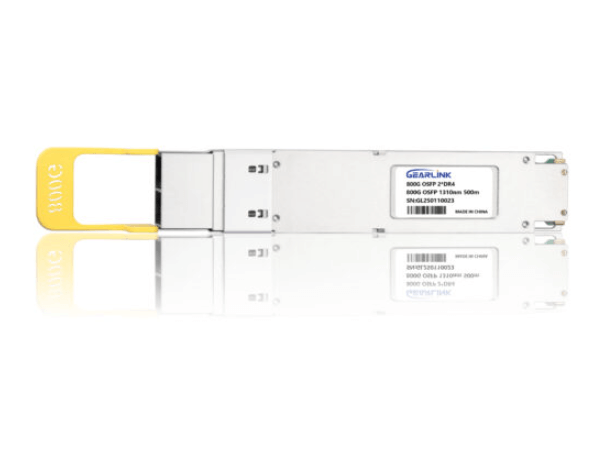
While 800G is the current frontier, the industry is already looking ahead. The development of even faster transceivers, such as 1.6T and beyond, is already underway. These future technologies will likely build upon the innovations of 800G, leveraging advanced co-packaged optics, novel modulation techniques, and even more efficient energy consumption.
The transition to higher speeds is not just about raw performance; it’s about building a more sustainable and scalable digital infrastructure. By reducing the number of components and energy required to transmit data, these advanced modules are playing a key role in making our digital world more efficient and environmentally friendly.
In conclusion, the 800G optical transceiver is far more than a simple piece of hardware. It represents a critical milestone in the evolution of high-speed networking, enabling the data-intensive applications that define our modern world. From hyperscale data centers to enterprise networks, its impact is undeniable, and its role will only continue to grow as the demand for bandwidth accelerates.
Frequently Asked Questions
Q1: What is the main difference between 400G and 800G optical transceivers? A1: The primary difference is the data rate. A 400G transceiver can transmit data at 400 gigabits per second, while an 800G optical transceiver can transmit at 800 Gbps, effectively doubling the speed. This is achieved through technical advancements in modulation and laser technology.
Q2: What form factors are used for 800G optical transceivers? A2: The most common form factors are QSFP-DD800 (Quad Small Form-factor Pluggable Double Density 800) and OSFP (Octal Small Form-factor Pluggable). These form factors are designed to support higher speeds while maintaining a compact size for high-density applications.
Q3: Are 800G optical transceivers compatible with my existing 400G equipment? A3: This depends on the specific hardware. While 800G optical transceivers can be used in the same chassis, they typically require a switch or router port specifically designed for 800G. However, they are often designed to be backward compatible in some ways, allowing for flexible network upgrades.
Q4: How do 800G optical transceivers contribute to sustainability? A4: By enabling more data to be transmitted using fewer modules and less power per bit, 800G optical transceivers help to reduce the overall energy consumption of data centers. This contributes to a smaller carbon footprint and lower operational costs.
